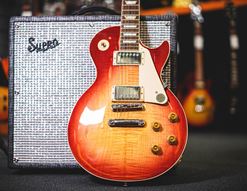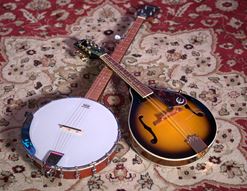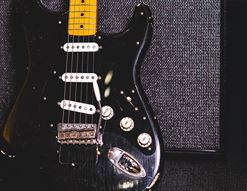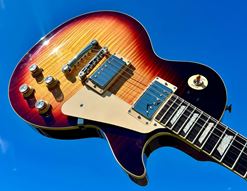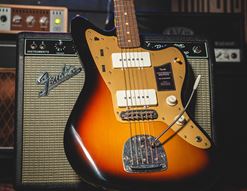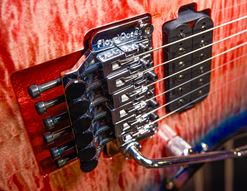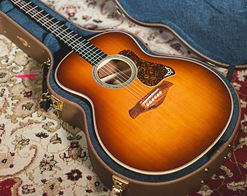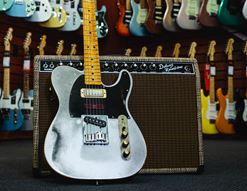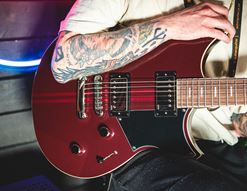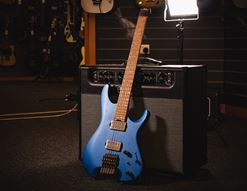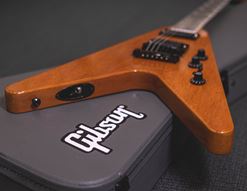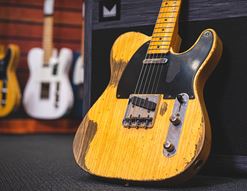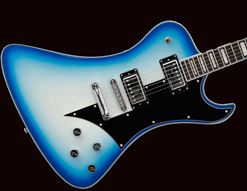What is the most important part of a guitar? The timbers? The pickups? The electronics?
How about the neck?
If the neck isn’t right for you, then it doesn’t matter how much you like the look or sound of a guitar. There’s a strong chance you just won’t take to it. The neck is the critical part of any electric or acoustic guitar. It’s the part of the instrument that you are in primary contact with, after all!
Today, I’ll talk you through the main types of neck profile that exist in the world. There are many factors that enter into the subject of guitar necks, such as scale length, nut width and string spacing, but I’ll cover them elsewhere. Today’s focus is on neck profiles!
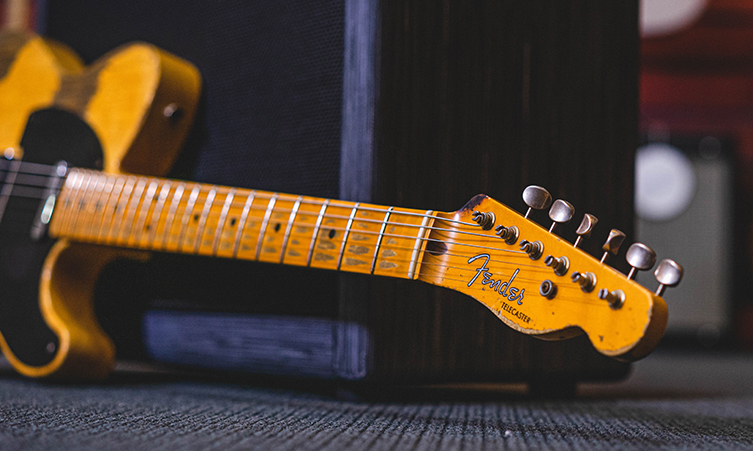
Contents
PRS Neck Profile Naming Conventions
What is a Neck Profile?
So, first off: just what do we mean by the term ‘neck profile’? Well, I’d explain it like this: the profile of a guitar neck is the shape that’s carved into it along its length. We describe neck profiles by letters like C and D, because they roughly equate to how the cross section of a neck would look if we were to gaze at it lengthwise.
This description works for almost all electric,bass and acoustic guitar necks. Those that don’t conform will be mentioned too, along with some famous neck profiles that have earned repute among guitarists for various reasons.
One other thing: ‘shoulders’. Necks have shoulders, and it might not be what you’re thinking…the shoulders are the parts of the neck that run lengthwise along the top edge and bottom edge of the wood. It’s how we describe the difference between profiles: imagine a U and a C: the C is more curved, so it has different shoulders. Does that make sense?

C Profile
The C profile is easily the most popular in the guitar industry. You’ll see ‘Modern C’, ‘large C’ and so on, which are all deeper or shallower variations on the C shape. Everybody uses C-shaped necks: Fender, Yamaha, Schecter, Gibson…the list goes on for a while!
C necks allow you good hand purchase on the neck, but with the freedom to slide up and down. It’s been around since the 50s and I don’t expect anyone would have a hard time with a C-neck.
Modern C is slimmer, and so I’d recommend them for smaller hands. The opposite applies, too: ‘deep C’ necks have more heft, and are suited to larger hands in general.
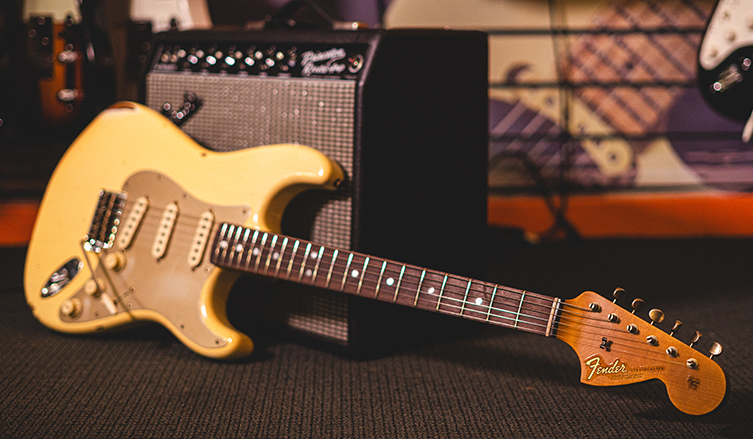
D Profile
D profiles are generally thought of as ‘modern’, since lots of 80s shred guitars favoured them. Now, that’s not exactly modern, but in guitar terms it’s still more recent than the 50s, right?
D profiles have a flatter middle section of the neck, with slightly ‘sharper’ shoulders, if you know what I mean? D necks feel wider due to that flatter plain, but their actual width can vary from brand to brand. Jackson’s famous ‘Speed Neck’ is a great example of a slim D profile.
Fender’s American Ultra II guitars have a D profile neck too, though it’s worth nothing that these aren’t as skinny as the Jackson necks.
U Profile
U profile necks are generally considered to be larger and deeper than C and D necks. If you consider the ‘U’ shape itself, there’s a little more ‘meat’ in the shoulders of this neck. Most of the time, U-shaped necks are the largest that a company offers: the big fat necks on Fender Custom Shop 52 Telecasters are normally U-shaped, for example.
That said, ESP would be a pretty significant exception. Their speedy, metal friendly necks are called ‘Thin U’, which feels like they are defying convention until you try one and realise they feel amazing!
V/Soft V
V necks are common on certain acoustic guitars (it’s a part of Martin guitars’ heritage) and from some 1950s guitars like Stratocasters and Gretsch Duo Jets. Of all guitar necks, the V is the one that’s most noticeable to your hand. As you’d expect, the centre is pronounced, with lots carved away at the shoulders, leaving a distinct V.
The Fender Eric Clapton Stratocaster has a ‘Soft V’ neck, and you’ll see that on some other Fender guitars. It sounds a little extreme in description, but in reality, V-profile necks are really comfortable.
Ibanez Wizard
Ibanez are popular with technical players for many reasons, but one of them is the necks. Their most famous neck profile is known as the ‘Wizard’, though I’m not sure why! It’s a very effective, very slim neck that is in-between a C and a D profile. Bliss for shredders!
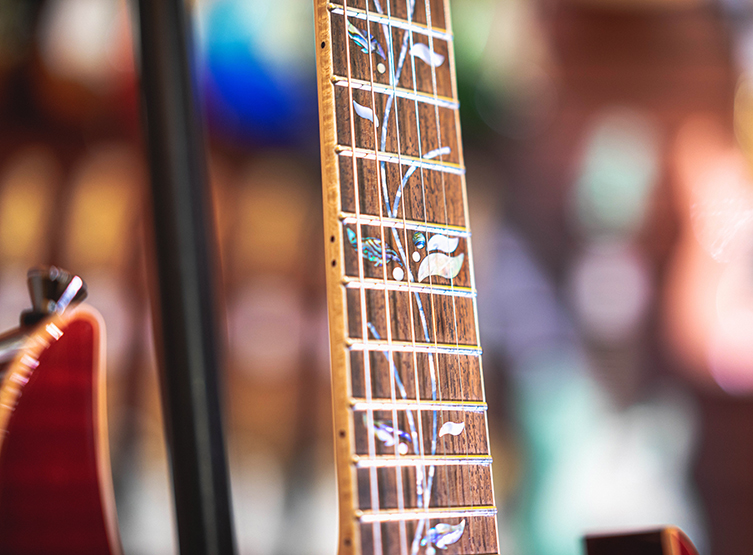
Gibson Late 50s Neck Profiles
There’s a lot of talk about Gibson neck profiles from the late 50s. This is partly because of the esteem held for the 1959 Les Paul Standard in particular. It’s known as the Holy Grail, and whilst online forums have a LOT to say about such guitars, there’s no doubt that they are special.
However, for the purposes of today’s blog, I’m sticking to the facts. The main years to focus on are 1958, 1959 and 1960. 1958 necks are chunky and round. 1960 necks are noticeably slimmer. The necks from 1959 sit somewhere in between, and it’s that sweet spot that gets fans excited. Realistically, there was some crossover in these builds - it’s not like the builders just changed their mind every year on the stroke of midnight - but these general descriptions do hold up in the main.
They are all, roughly speaking, C shaped necks.
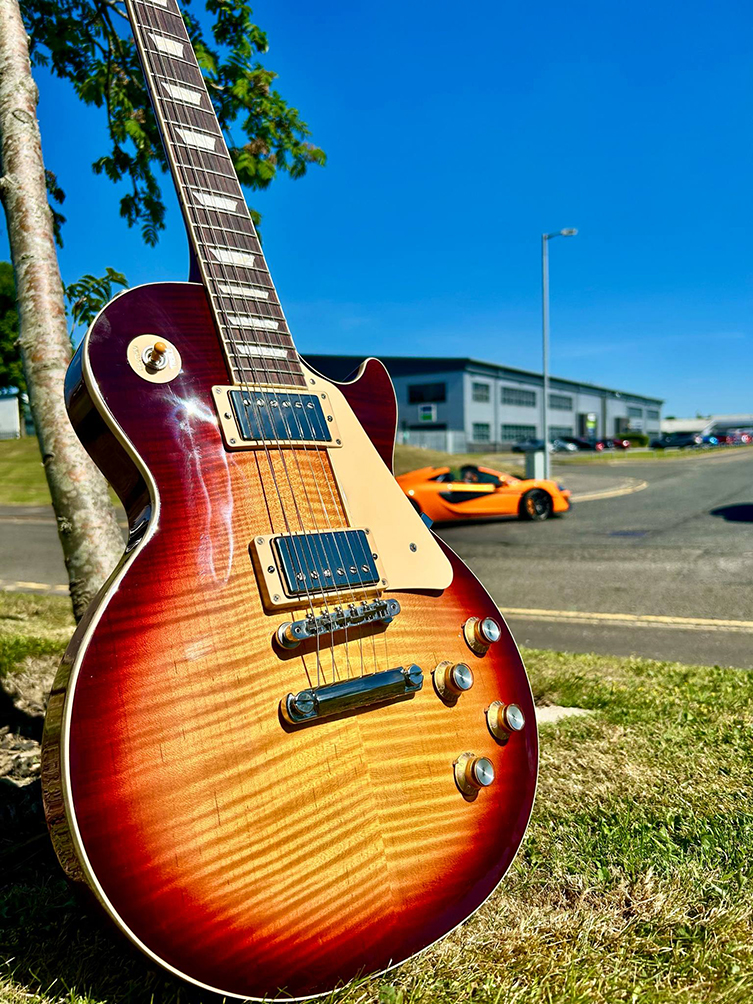
PRS Neck Profile Naming Conventions
Paul Reed Smith feels that the neck is the most important part of a guitar. I’m inclined to agree! Up until a few years ago, PRS guitars were mainly one of these two profiles:
- Wide Thin - popular for lead guitarists, though definitely not as skinny as an Ibanez Wizard neck!
- Wide Fat - same width but a deeper profile.
There have been specific exceptions, for artists and so on, but that’s basically it.
Those terms are still used for the imported SE models, but the American ‘Core’ series guitars have used a refreshed set of names for the last few years. Here’s how they look:
- Pattern - update on the Wide Fat, based on Paul’s early ‘Pre-Factory’ necks.
- Pattern Regular - very similar to late 80s PRS necks, slightly narrower than others.
- Pattern Thin - update on the Wide Thin profile
- Pattern Vintage - this has a very slight asymmetrical carve
Now, check out the official graphic from PRS below and you’ll see that the differences are actually very minimal. This is partly because PRS have really dialled in what a good neck feels like, and partly because tiny increments can still make a pretty big difference to the feel in your hand. In my experience, all PRS necks are excellent, but I do have my favourite carve!
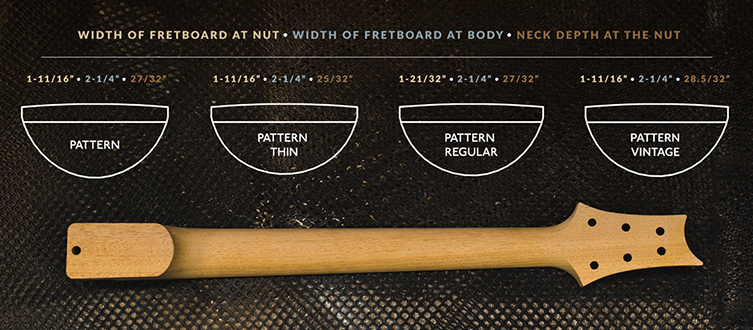
Asymmetric Neck Carves
An asymmetric neck carve changes profile at different areas of the neck’s length. Some might offer less ‘meat’ around the bass strings side down at the nut, with the same neck then thinning out at the treble strings towards the higher frets. This is all to give your hand a better grip on certain areas of the neck for different types of playing: optimum carves for lower neck chording and higher neck soloing, basically.
Many brands offer asymmetric necks, with Music Man making particularly nice examples.
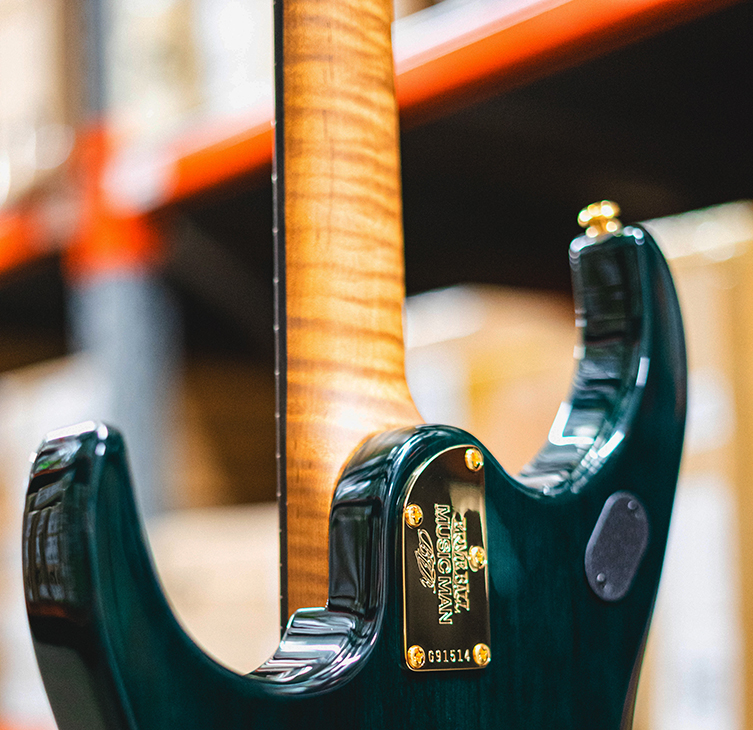
The Strandberg Endurneck
This neck really is like no other. Strandberg are the products of Swedish innovator Ola Strandberg. His headless guitars have sparked a rebirth/revolution in the style, though none of the other headless brands have the wildly innovative Endurneck!
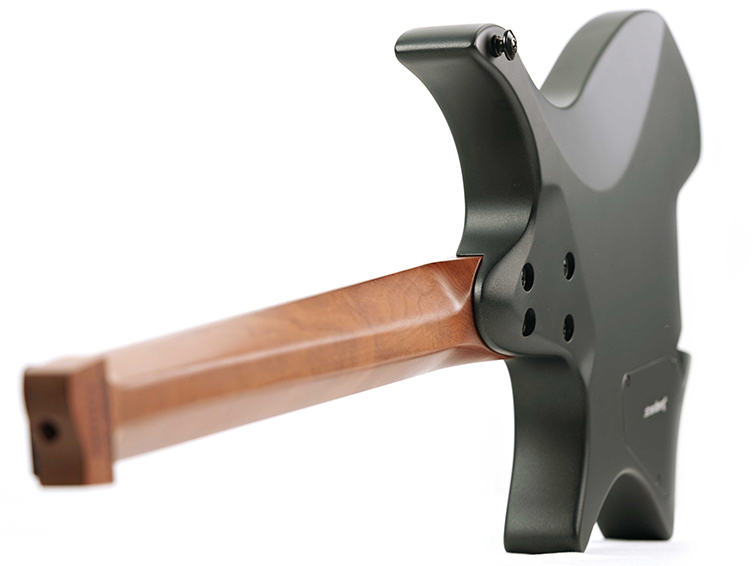
The Endurneck looks like it’s going to be awkward agony until you actually try it out and realise that it’s wonderfully comfortable. It has a squared-off profile which is also asymmetric in terms of its flat plain. It runs the length of the neck in a soft diagonal, which is designed to let your hand always find its best natural position on the neck, no matter how high or low.
It’s one of those things you just have to try out for yourself to truly understand.
Pay Attention to the Neck
I hope that swift gallop through the world of neck profiles has given you some useful insights? As I said earlier, there's a lot more to the subject of necks than just the profiles themselves, so maybe I’ll visit the likes of Nut width and string spacing at some point in the future.
For now, I’ll leave you well-versed in the lore of the ‘59, the Performance, the Endurneck and the Wizard!


